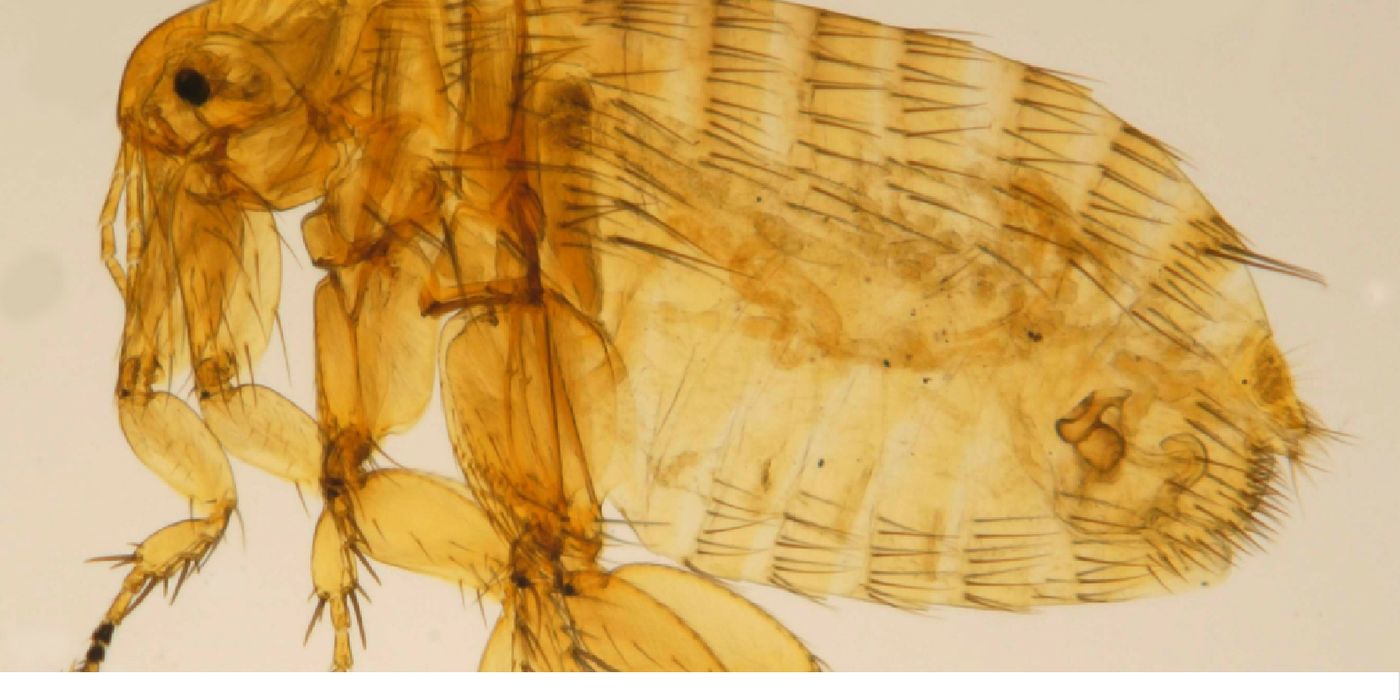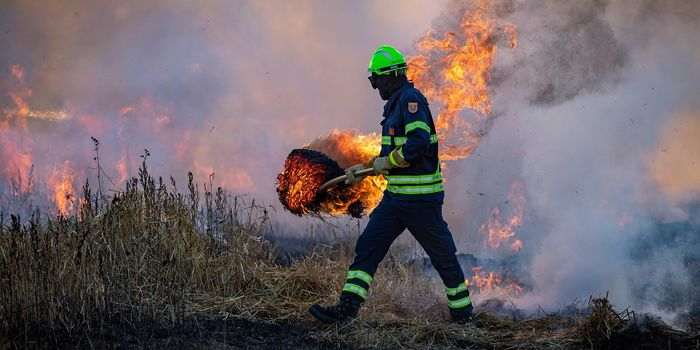People are Still Catching the Plague Today
If you thought the plague has been eradicated, think again. This year, the New Mexico Department of Health (NMDOH) already reported a total of three cases of the plague.
The plague is an infectious disease caused by the bacteria Yersinia pestis, and transmitted to humans through bites of infected fleas. The disease is most notorious for causing the Black Plague in Europe in the 1300s. Researchers estimate the death toll from this pandemic to be between 75 to 200 million people, which makes it one of the most deadly pandemics in history. And contrary to popular belief, the Black Plague was not caused by rats; rather, rats infected with the fleas helped to transmit and propagate the disease.
In New Mexico, the three cases of plague were older adults (52 to 63 years old) living in the Santa Fe County area. Although all three patients were hospitalized, they are all recovering well with antibiotics. But the situation could be a lot worse.
Not treated properly, the bite of an infected flea can cause the lymph nodes to swell. Other signs and symptoms of the bubonic plague include fevers, chills, and malaise. When the bacteria gets into the bloodstream, septicemic plague occurs and can lead to bleeding from the mouth, nose, rectum, or even under the skin. In cases where victims have blackened and gangrenous extremities, the bacteria has thoroughly infiltrated the bloodstream. The third type of plague affects the lungs, known as pneumonic plague. This variety causes rapid problems with breathing and coughing, and is considered the most dangerous because the bacteria can spread through the victim’s bloody sputum. Without proper treatment, the plague leads to death in 60 to 90 percent of cases, according to the CDC.
It is not entirely known how these patients contracted the plague. Healthcare workers are currently investigating the patient’s homes to identify any possible source of flea contamination, and to prevent future cases of the plague.
Immediate suspects in the current plague cases include pets that may be harboring fleas. “Pets that are allowed to roam and hunt can bring infected fleas from dead rodents back into the home, putting you and your children at risk,” said Dr. Paul Ettestad, public health veterinarian for the Department of Health. “Keeping your pets at home or on a leash and using an appropriate flea control product is important to protect you and your family.”
In addition, the NMDOH also recommends paying attention to areas that may attract rodents, such as woodpiles, compost piles, and even where your pet’s food is located. People should also be vigilant about monitoring for sudden onset of fevers, chills, headaches, and weakness not only for yourself, but also for your pets.
Additional sources: Live Science









